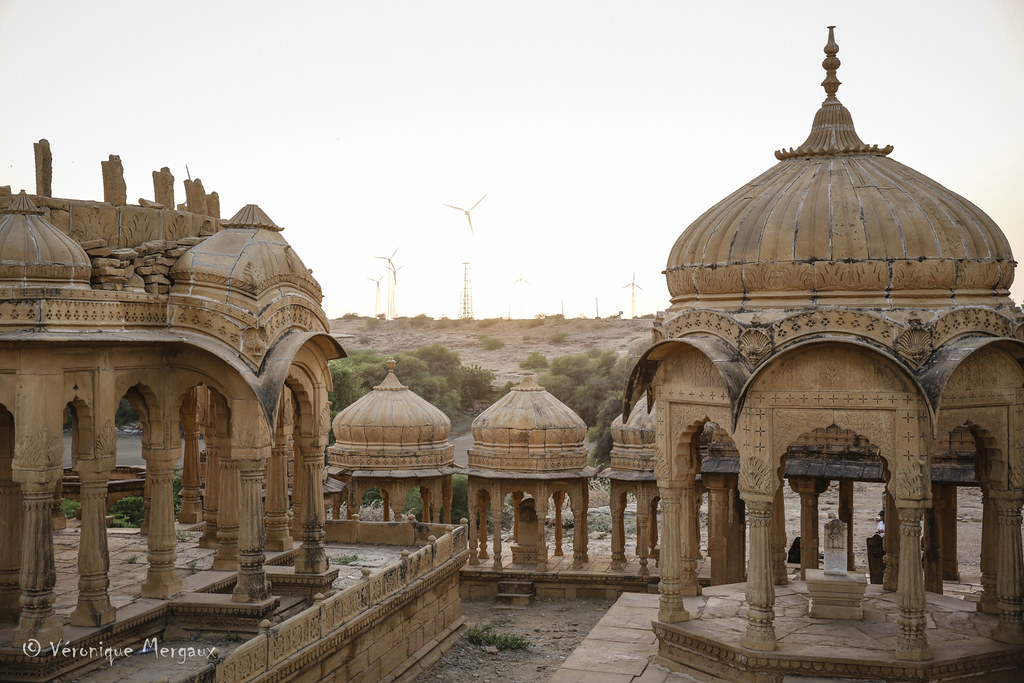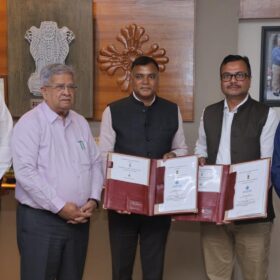The state government of Rajasthan has come up with a new draft solar policy.
The proposed policy package aims to establish the state as a global hub for solar with 50 GW of installed generation capacity within 5-6 years. It envisages an R&D hub for the deployment of renewable energy technologies and solar-wind hybrid projects, with a focus on improving efficiency and reducing balance-of-system costs.
The new policy aims to achieve 25 GW of grid-connected solar projects up to 2021-22 to fulfill the renewable purchase obligation of state electricity distribution companies (discoms) from PV. The state will also endeavor to develop solar projects for sale to parties other than state discoms, and for commercial self-consumption.
Rajasthan also proposes setting up decentralized, grid-connected solar projects near 33 kV sub-stations for the sale of power to discoms. The minimum capacity allowed for such projects under the draft policy would be 500 kW and the maximum 3 MW. The projects would be awarded through tariff-based competitive bidding.
To promote the development of 500 MW-plus solar parks, the state government will invest up to half of the equity required, including the cost of land, in joint venture companies formed for their development.
Viability
However, industry insider Gopal Lal Somani says Rajasthan’s ambitious 25 GW, two to three-year target appears out of reach. He said the state policy has gaps on issues such as land acquisition, the huge transmission network required for the influx of solar, the creditworthiness of discoms and permit processing for land use.
The new proposals need an investment-friendly environment and cost-economic benefits for developers to take investment decisions, said Somani.
He said no targets had been laid down for ground-mounted solar plants, distributed generation projects feeding 132, 33 and 11 kV substations, or the adoption of solar powered irrigation pumps and animal feeders under the Kisan Urja Suraksha Evam Utthan Mahaabhiyan rural solar scheme. The latter initiative needs a detailed plan to progress from pilot schemes to widespread adoption, Somani said.
The solar industry professional added, the numerous fees faced by PV project developers would ensure plans for open access solar energy and self-consumption would prove unworkable.
Next generation solar projects including floating PV will be discussed at the pv magazine Future PV Roundtable India, Thursday 19 September, on the 2nd day of REI. Join us, as we discuss grid constraints, and the role of Solar Plus Storage. For the full agenda, speaker line up and to register click here
This article was amended on 04/09/19 to reflect the 50 GW figure is a cumulative ambition, rather than representing new capacity.
This content is protected by copyright and may not be reused. If you want to cooperate with us and would like to reuse some of our content, please contact: editors@pv-magazine.com.









3 comments
By submitting this form you agree to pv magazine using your data for the purposes of publishing your comment.
Your personal data will only be disclosed or otherwise transmitted to third parties for the purposes of spam filtering or if this is necessary for technical maintenance of the website. Any other transfer to third parties will not take place unless this is justified on the basis of applicable data protection regulations or if pv magazine is legally obliged to do so.
You may revoke this consent at any time with effect for the future, in which case your personal data will be deleted immediately. Otherwise, your data will be deleted if pv magazine has processed your request or the purpose of data storage is fulfilled.
Further information on data privacy can be found in our Data Protection Policy.